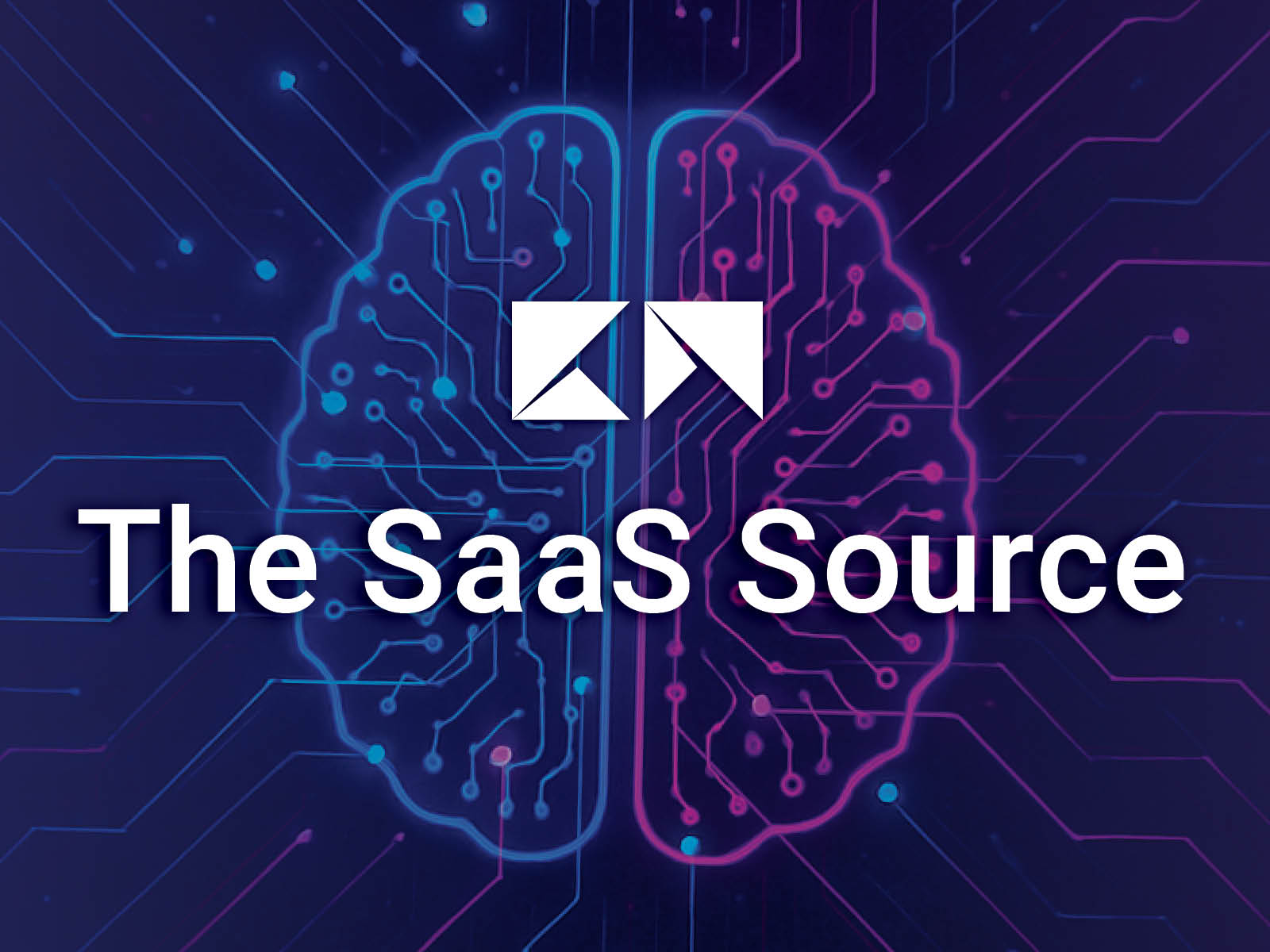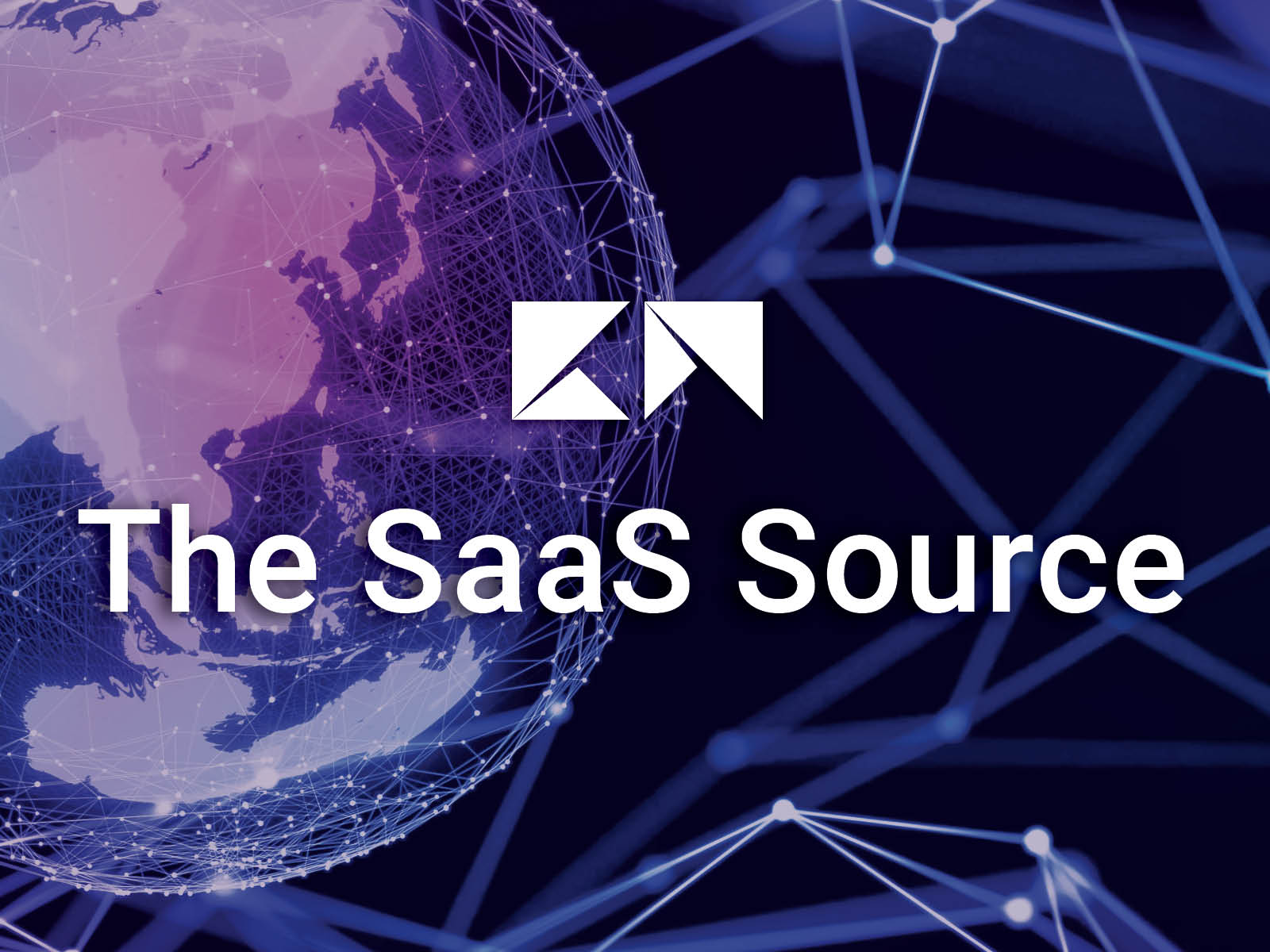
Is Livestream the New Mainstream?
Livestreaming—or sharing videos in real time through social media—is a way for people and businesses to share rich experiences with their followers and customers. When a livestream is started through a user or company profile, every follower is notified, making it an efficient way of engaging with many friends, customers and other people instantly.
By Francesca Madden
Livestreaming—or sharing videos in real time through social media—is a way for people and businesses to share rich experiences with their followers and customers. When a livestream is started through a user or company profile, every follower is notified, making it an efficient way of engaging with many friends, customers and other people instantly.
“Livestreaming is the easiest way to put out video content,” said Alan Welch, Custom Media’s senior video producer and frequent YouTuber.
Who Started It?
Livestreaming first took off on social media sites in 2014. Facebook was the first to adopt it with a feature called Mentions, originally rolled out for use only by celebrities with verified accounts. This gave way to Facebook Live, which was rolled out to everyone in July 2015. While Facebook remains the most commonly used platform, many social media outlets, including Twitter and Instagram, have caught up.
Facebook is considered the most user-friendly, with its livestreaming service built into the mobile app. This provides quick access for the broadcaster and easy viewing for followers.

After the livestream ends, the video remains on the Facebook user’s profile, meaning a video can still go viral even if viewers miss it in real time. This is good news for marketing, as businesses can widen their potential audience.
To quickly close the gap with Facebook, Twitter acquired livestreaming app Periscope, developed by Kayvon Beykpour and Joe Bernstein, prior to its public launch in March 2015. Although similar to Facebook’s feature, Periscope requires a separate download—making it slightly less user-friendly. Videos also have a limited lifespan: just 24 hours.
Facebook-owned Instagram now offers livestreaming services, too. After your livestream ends, the video is added to your story, where it stays for 24 hours. In the case of Instagram, the feature is designed to compete less with Facebook andTwitter and more with another popular sharing platform: Snapchat. In the constant battle between these two photo-and-video-sharing apps, livestreaming is where Instagram comes out on top.
As would be expected, YouTube also has a livestreaming feature, which is used by many well-known video bloggers.
Welch, who uses the feature, explained: “Going live creates unedited, rough content which tends to be longer than usual videos. These unscripted, longer videos are often more rewarded on YouTube—especially if you already have a lot of subscribers. You can get a decent amount of views.”
Who Streams and Why?
While the general public can livestream on YouTube, the practice hasn’t really caught on with them. Some people share events they’re attending or connect with friends, but this is a lot less common. Platforms with a more personal feel, such as Snapchat, are preferred for sharing these sorts of interactions.
However, the livestream economy has become particularly big in South Korea, China, and Japan, which have seen the rise of “online celebrities”—people who live-blog using video for a living. The rewards are clear: this emerging sector produced revenues of more than $4.3 billion in 2016, according to a April 12 report in The Japan Times.
As Welch explained, “Viewers can leave comments and donations, meaning YouTubers can actually make money from it.”

For celebrities, going live offers the opportunity to connect with fans in an authentic and interactive way. It also allows them to promote themselves and the brands they represent.
But for businesses, going live creates a whole new marketing experience with the potential to better engage followers. It’s also great for customer service. Livestreaming facilitates Q&A sessions that allow customers to post their queries in the comments section and receive replies in real time.
Companies can also livestream events, enabling them to reach those who cannot attend. This is especially important with the rise of experiential marketing. Brands can also showcase new products through product demonstrations.
Going live is especially good for businesses that target Millennials—those born between the early 1980s and early 2000s—as this age group comprises the majority of social media users, according to Ericsson’s 2016 Mobility Report.
The Issues
Today’s online consumers have high expectations, meaning that apps which facilitate livestreaming must be reliable, and developers must fix issues quickly to maintain a high-quality video experience.
As with any technology, issues can and do arise. But livestreaming issues can be turned into a positive.
Recently, Irish band The Academic used the delay of Facebook’s livestreaming service to create a unique version of their song “Bear Claws,” and broadcast the process live to their followers. The lag in the streaming acted as a loop machine throughout the song.
Livestreaming is becoming more important as businesses place a larger focus on customer service and interaction. Livestreaming offers a whole new experience for customer–business relations. Companies are quickly noticing these benefits and are adopting livestreaming as part of their marketing strategies and advertising campaigns. Maybe 2018 will be the year we see more members of the general public going live, too.



